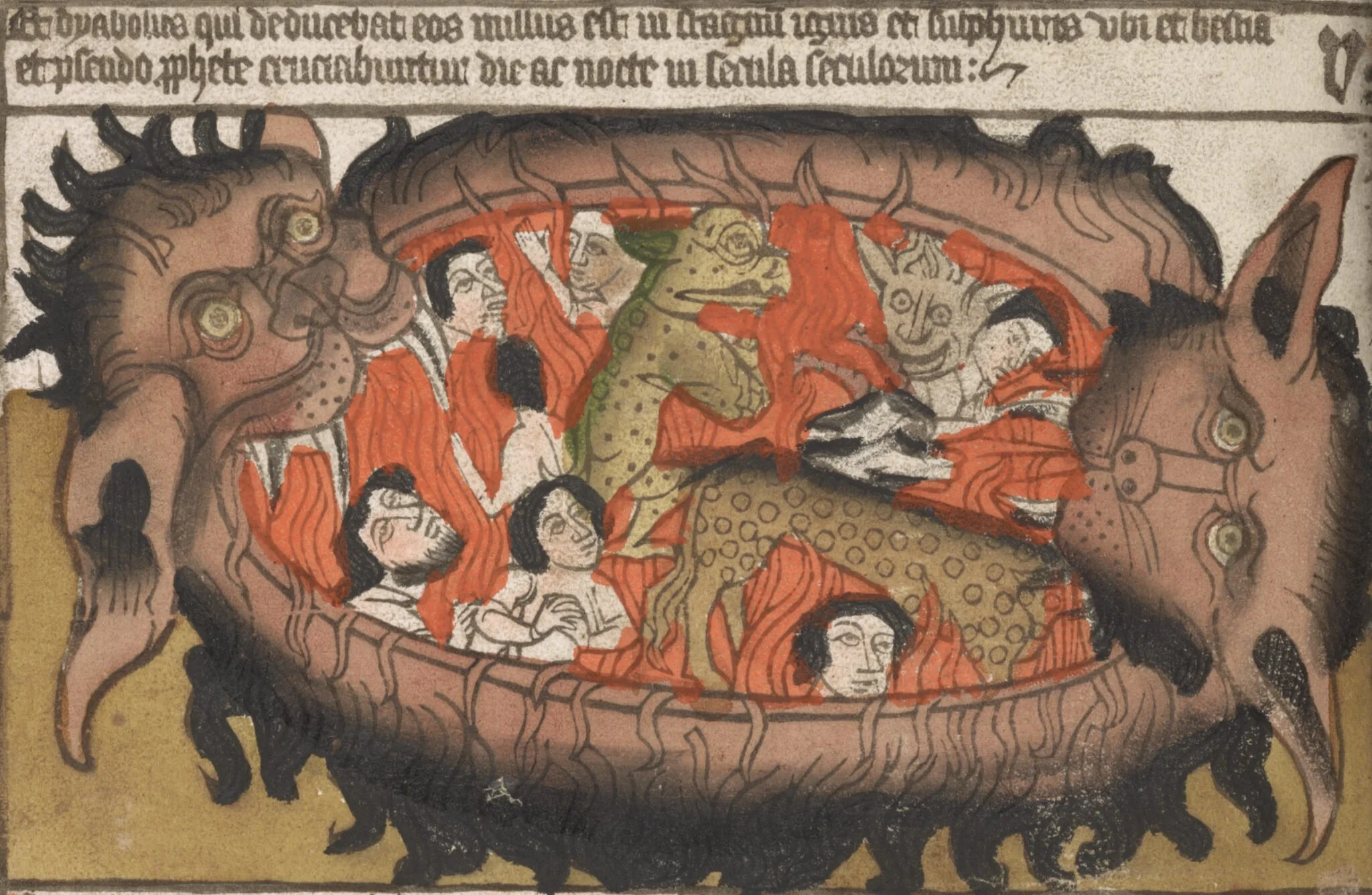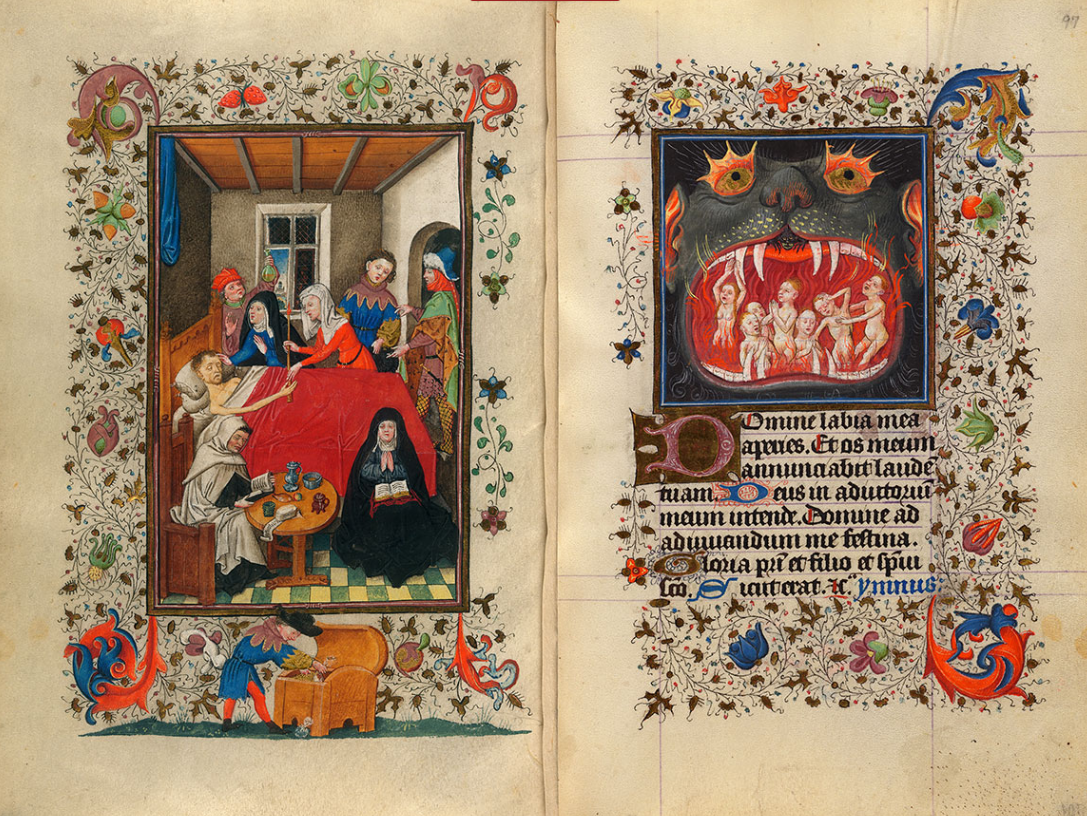Abandon all hope, you who enter here…
Exploring the Medieval Hellmouth
Apocalypsis Sancti Johannis, Lessing J. Rosenwald Collection, Library of Congress, Rare Book and Special Collections Division, Digital ID: http://hdl.loc.gov/loc.rbc/rosenwald.0023
Imagine a monstrous beast, its jaws wide as the gates of the underworld, ready to devour the souls of the damned.
This isn’t just any creature; it’s the embodiment of medieval fears and warnings, a literal mouth to Hell, often depicted as a ferocious animal or even a dragon, its maw an entrance to eternal torment.
The Hellmouth served as a stark reminder to the medieval populace of the very real consequences of sin, as believed in those times.
Fascination with what occurred post-death was a subject of intense interest during the Middle Ages, and the Hellmouth functioned as the ultimate deterrent, a visual sermon that preached the potential perils of the afterlife more effectively than any words could. Just as the toadstone was believed to protect against physical poisons, the Hellmouth could be viewed as a spiritual caution, warding off the moral poison of wicked deeds.
So, why did this image resonate so deeply with people of the Middle Ages?
Perhaps it was the tangible representation of an intangible fear? or maybe it was the dramatic flair that animated the perils of choosing a life of vice over a life of virtue?
Whatever the reason, the Hellmouth remains one of the most enduring and evocative symbols of medieval art, a testament to the era’s rich tapestry of belief, superstition, and the human penchant for storytelling.
Please enjoy this wonderful collection of Hellmouth images compiled by Jesse Hurlbut, along with the images from The Morgan Library & Museum below.



